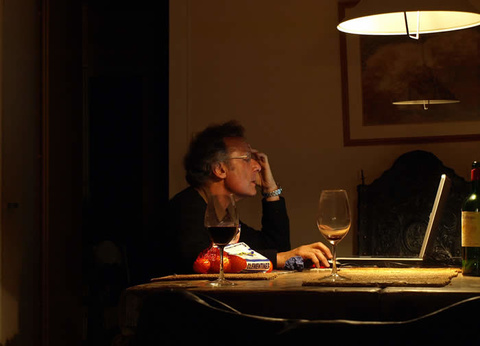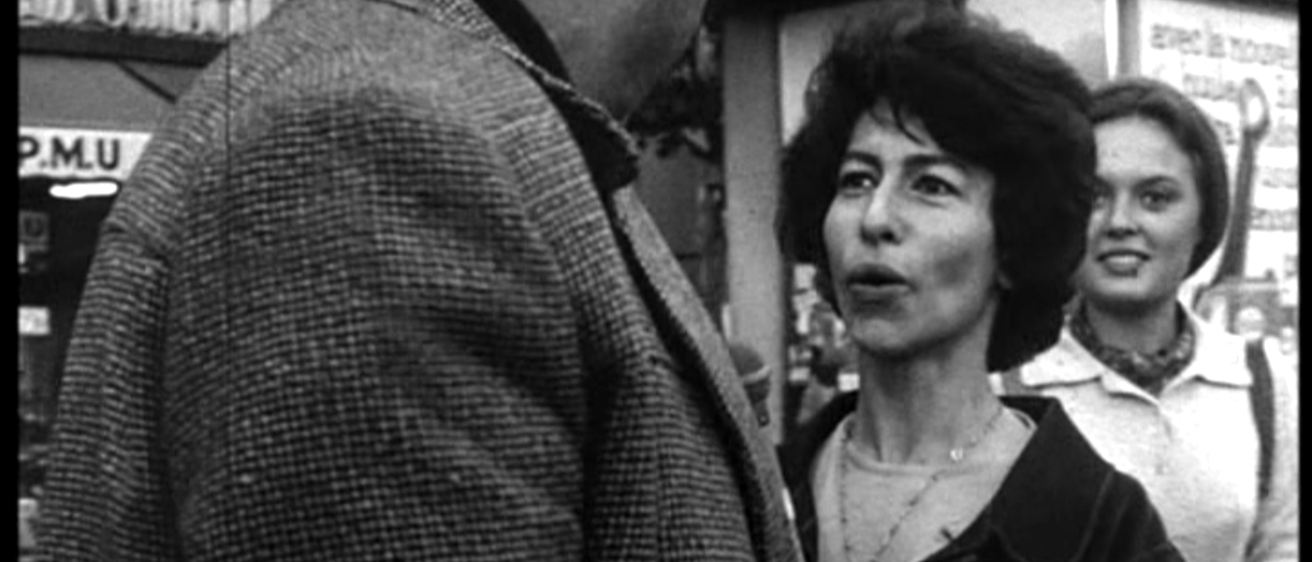
Cinema & Comparative Literature Professor Steve Ungar (left) has spent the past year immersed in the history of documentary films in France between 1928-1962. What has especially captured his attention is how setting a specific film in various time frames affects our understanding of it. “What is a period? What is duration?” he asks with deceptive simplicity.
As the recipient of the prestigious 2012 Guggenheim Fellowship, a 2012-2013 Arts & Humanities Initiative Award, and a Spring 2013 Obermann Fellow-in-Residence, Ungar (CLAS) has made significant progress drafting his current book project, Critical Mass: Social Documentary in France (1928-1962) devoted to non-fiction film directed toward critique and activism.
“Documentaries are often considered also-rans, forever in the shadow of narrative films."
Ungar’s commitment to context is not surprising. He came to French cinema as a student and teacher of French literature, philosophy, and history. After directing an independent study focused on French documentaries 15 years ago, he began incorporating them into his classes and giving them closer thought.
“Documentaries are often considered also-rans, forever in the shadow of narrative films,” he notes. With Critical Mass, Ungar hopes to draw attention to the singular contributions of documentaries, from late silent era studies of Paris through postwar films on French colonial policies and modernization.
Starting on the Left Bank
In research leading to Critical Mass, Ungar has often worked back and forth between the 1920s and the 1960s. He began by focusing on “Left Bank” filmmakers Alain Resnais, Chris Marker, and Agnès Varda whose documentaries of the 1950s he considers forerunners of French New Wave films such as François Truffaut’s The 400 Blows, Resnais’s Hiroshima mon amour, and Jean-Luc Godard’s Breathless. Exemplary of the Left Bank Cinema’s early work is the 1953 Statues Also Die, on African art displayed in European museums.
“Statues raised a relevant question,” notes Ungar, “concerning why ancient Egyptian and Greek sculpture were in collections at the Louvre while African statues were displayed instead at the Musée de l’Homme ethnographic museum.” Considered by government censors as inflammatory in its treatment of French colonial policies in sub-Saharan Africa, the Resnais-Marker film was not authorized for commercial release in France until 1968.
As he explored postwar documentaries, Ungar identified a key antecedent in “Toward a Social Cinema,” a brief 1930 manifesto in which filmmaker Jean Vigo called for films to raise questions on provocative subjects in ways that only film could do. The postwar filmmakers who responded to Vigo’s challenge were also responding to a first wave of documentaries in four films shot in and around Paris in 1928 and 1929 that anticipated Vigo’s challenge even before he made it.
Trove of Silent Films
Exploring these silent films has entailed archival work at the Forum des Images, an archive in central Paris that has digitized 5,000 films about the French capital. Ungar describes the experience of working at the archive as old school: watching films, taking notes, transcribing his notes at night, and returning the next day for another viewing. One of the four, Etudes sur Paris (Studies of Paris) was recently released commercially. Its availability is likely to spur interest in documentaries of the late silent and early sound periods among scholars and cinephiles on both sides of the Atlantic.
Ungar’s work on these early films comprises the second chapter of Critical Mass, “Documentary Paris in the Shadow of the Talkies.” This spring, he has moved his attention forward to Eli Lotar, who worked as a photographer and filmmaker from the 1920s until his death in 1969. Ungar views Lotar as a pivotal figure in the arts whose work bridged interwar and post-World War II practices. Late in life he modeled for the sculptor Alberto Giacometti, though he was first known for his photos of the late 1920s that were displayed in galleries and exhibitions alongside the work of André Kertesz and Eugène Atget. Lotar’s 1945 documentary, Aubervilliers, depicted substandard housing and health conditions among the poor and aged living on the northern outskirts of Paris.
The final two chapters of Critical Mass will examine postwar documentaries on societies in transition. In preparation, Ungar is studying films by French directors Chris Marker and Agnès Varda on Cuba as well as others by Marker on China, Siberia, and Israel. Ungar credits the films he studies in his book with raising social and political awareness among a wide public of spectators within and outside France. He also argues that social documentaries made in France that form the core of his book are part of transnational practices across Europe, Asia, Africa, and the Americas.
Value of Guggenheim
The Guggenheim Fellowship has been meaningful to Ungar, who is grateful for the opportunity to work full-time on a project he believes will interest film scholars, historians, and students of 20th-century France. As he sees it, documentaries made today with portable digital equipment extend practices dating back to the 1890s. Recognition of this history is long overdue.
